![Re: No, Ghana Card is not ‘for’ Ghana; it is ripping off Ghana – Bright Simons [Article]](http://ghheadlines.com/index.php/images/default.png)
I have read an article by Bright Simons on his webpage captioned “No, Ghana Card is NOT “for” Ghana; it is RIPPING OFF Ghana”, suggesting that the Ghana Card is not the property of Ghana under the current PPP arrangement but for Margins ID Group.
Margins ID Group owns majority stake in IMS Ghana Limited and IMS II Ghana Limited, the Special Purpose Vehicles (SPVs) created to ring fence the project. The article also portrayed Margin ID Group as ripping Ghana off as a result of the project. The article further claims that in 2017, the NIA had already captured 15 million Ghanaians.
I have decided to respond because description of the project cast slur to the hard-earned reputation of those involved in structuring the project which spanned over 5-year period to conclude.
The concept of using PPP model to deliver public investment is not new. The concept has been the preferred model in many countries as it is anticipated that the use of private finance could be used to deliver assets quicker than if it had been procured under the traditional government procurement, which is usually saddled with many challenges, leading to cost increase. In the United Kingdom, it became the Private Finance Initiatives (PFIs) and had been used to investment in all sectors of their economy especially during the period of increased government debt.
PPP’s have also been justified on the grounds that using the private sector in a specific way is likely to drive innovation and efficiency in the delivery of public service, leading to cost savings over the long term and delivering value for money. The private sector is expected to assume risks it is best able to manage and to guarantee a particular service level and above all ensuring sustainability. In return, the private sector will be rewarded for the risks assumed and for the investment made in delivering the output specifications under the contract.
Prior to Margins ID Group getting involved directly in the delivery of the national ID card, there is no doubt that the national ID card project was struggling from 2007 to 2018 as lack of investment in new technology and card production limited the National Identification Authority’s ability to perform its role as intended.
Before the expanded scope (Ghana card project) was approved to proceed as a PPP, the FIMS project, which was approved in 2012, was intended as a pilot, thus serving as a proof of concept and technology. In 2014 after the successful implementation of the FIMS project, the Ministry of Finance through the PPP Approval Committee gave the go ahead for the project to be expanded to cover all Ghanaians.
The initial model proposed by the partners was for citizens to be charged for the cards issued. However, the chairman of the Committee, Mr. P.V. Obeng, suggested that the card should not be sold but still be issued free to Ghanaians on first application in order to make it widely available. The parties were tasked to find a way to make the cards free but commercially viable and bankable, that is why the Ghana card is still free on first time issuance today. These changes proposed by the government meant that the financing model for the project had to be relooked at in a different way to ensure that the private investor will be able to service its debt to pay investors and set a reasonable return on equity.
Bright Simons made several claims such as:
- Ghana Card’s main technology asset base belongs to Margins Group, not the government of Ghana.
Response
The initial proposal was for the entire project assets to be financed by private sector, meaning, it would have been possible for what Bright Simons called “main technology base” assets to be owned by the private sector until the debts is repaid, thus posing a potential national security risk. So, to eliminate this risk, the government of Ghana decided to pay for and own the critical systems asset, which we referred to as “Central Site”.
The hardware, the software and related firewalls of the central site are entirely owned by Ghana Government and not Margins ID Group as portrayed by the article. The smart cards being issued is 100% funded upfront by IMS II, without which there would be no Ghana cards in people’s pocket.
The card is one of the most advanced cards on the continent if not in the world. The cost of the card includes card body, chips, design, and security features, data personalisation, printing, issuance and support services. The cost is therefore comprising of all the elements in getting the cards into people’s pocket and not just a piece of plastic.
Indeed, under the contract, IMS has no right of ownership or lien in respect of the central site and peripherals. The contract also lists all project assets and where ownership resides. Crucially, the main technology asset referred to in the Bright Simons’ article is listed as belonging to NIA and not IMS.
Bright Simons could have verified this had he requested the financial statement of IMS II Ghana Ltd to see if these assets have been recorded on IMS’s balance sheet. In fact, my understanding is since the writer started raising issues on the national ID project, he has never contacted the company to understand any issue of the issues. The fact is that all the contract documents and financial statements on the project are publicly available and do not support the claim that the technology-based assets, critical to the national ID card does not belong to Ghana.
It is true that IMS II owns a number of assets as an SPV, such as MRWs and software, mobile card printers, card issuance systems and other peripherals, which are needed in enrolment of citizens, however, NIA operates them during with IMS providing backend technical support. IMS II financed and operates the verification platforms located n NIA’s Datacentre, which mirrors the central database and will be handed over to the government at the end of the PPP concession period.
- It is impossible for the government to save cost by using smart procurement to obtain the printed cards, biometric devices, and system integrations. It must get everything from Margins alone.
Response
The writer claims that because the main technology asset is owned by IMS II, which has been established now as inaccurate, the government is unable to use smart procurement to obtain printed cards, biometric devices, etc. I am sure if he understood the industry and the PPP contract very well, he would have realised that the cards are not part of the assets government financed. The cards are part of assets which IMS is responsible for and are written off as soon as they are issued by NIA and become government owned. Since commencement of the PPP contract, IMS II has demonstrated its proficiency in getting the cards for NIA’s use at reasonable prices as it uses its muscle when dealing with the suppliers of card components and its manufacturing partner ICPS. This was evident during and post COVID when chip prices skyrocketed due to shortages and were difficult to source from the global market. The company managed to keep the supply chain functioning with little disruptions (as per its obligations under the contract) to NIA’s programmes, thus assuming the risk of cost increases without passing on the cost to NIA as envisaged under the contract. These costs would have been passed on to the government had it not been for the PPP arrangement.
It is also important to recognise that there is a reason for PPPs to have an integrated design and build solutions where the delivery partner will be responsible for those works. This approach ensures that any inherent design risks is fully born by the private sector, thus ensuring that the SPV is responsible for the type of assets to be acquired or created and how the solution is designed which ultimately impact on the whole life cycle cost of the project.
Though Ghana government can procure its central site assets from the open market, there is the need to ensure compatibility during system integration and that should not prevent government from ensuring best value through cost benchmarking even when it is procured from IMS. Additionally, the NIA cards as designed do not print from any card printers as an added security. IMS adopts smart procurement to ensure best value.
PPPs are one of the options of procurement and the government made a smart choice by selecting Margins a Ghanaian company as the private partner for NIA. The results after 50 years of trying speaks for itself.
- Ghana Card, as a system, cannot be operated without Margins, so the idea that the government “owns” the data is meaningless.
Response
The PPP contract envisages the need for technology transfer and IMS is required to train key personal to manage the system. Indeed, under the SLA provisions under the contract IMS is required to train NIA personnel on annual basis to ensure knowledge transfer over the 15-year period of the contract.
Information available indicate that IMS has fulfilled its obligations under the capacity building and knowledge transfer under the contract. The NIA system is being run fully by an NIA operational and technical team with IMS support at the central site. Currently, NIA has all the skill sets and the staff required to run the system. NIA has been trained to perform first level support while IMS performs second level support. However, 3rd level support and sub-contractors are sometimes required which has been very minimal since the project commenced and that is restricted to four (4) out of the eighteen (18) sub-systems that make up the National Identification System (NIS).
- The government agency in the Ghana Card PPP, NIA, has become a “zombie”; it lacks the capacity to develop specifications and to exercise serious oversight. Some senior parliamentarians are also mere praise-singers of Margins.
Response
Again, the article suggests that NIA has become like a “zombie” that lacks the capacity to develop specifications and exercise serious oversight. I need to remind the writer that in PPP contract, the principle is not about input specifications but rather output specifications. What does the NIA want the entire system to deliver? What should the end product look like while allowing the private sector to craft a solution to meet the output specifications. The article implies that in PPPs specifications are reviewed regularly which is not the case. During the contract administration phase of the project NIA makes suggestions and recommendations in the performance of IMS obligations under the PPP agreement, and in many cases, these are accepted in the spirit of partnership if it is thought to lead to efficient running of the project. Experiences on several PPPs in the world has shown that persistent push for input specifications in PPPs have given rise to contract disputes especially if it turned out that the inputs were not rightly specified. This leads to increase cost which must be funded through additional equity or debt. NIA can procure the services of experts to advice it as and when necessary if it is unable to attract those talents permanently. It is important to note that specifications under the PPP agreement is not to be changed until the review period set out in the contract. To describe NIA board, management, and personnel as “zombies” is very unfortunate and unjustified in the face of their performance record despite the challenges.
- Due to the stranglehold Margins has over the Ghana Card, each unit costs Ghana nearly 20 times what a similar smartcard costs Rwanda.
Response
The writer alludes that each unit of the Ghana card cost 20 times than average card. I have already indicated that the cost of the card is not just the card body and the chips, but entire value chain of delivering the cards to people’s pocket. Is Bright Simons suggesting that the card should cost US$0.28? Comparing the Ghana card to that of Rwanda is like comparing apples and bananas. The Rwandan national ID comes in two forms, a hard copy form with a QR scan code which comes with one’s biometric information and a biometric ID code which is a ‘soft copy’ that is accessible on a smartphone or computer for those who have access to email and internet. The project is receiving additional funding of US$40 million from the World Bank for upgrades which covers project management, verification, authentication, and d harmonization and does not include the cards which are 2D barcode cards which is delivered in 30 days to applicants at a cost of R500.00.
Again, the Ghana card is free and is smart card with chip embedded and has ICAO e-passport application which makes the card a contactless Electronic Machine-Readable Travel Document (EMRTD and has 14 other applets). Rwandan card can in no shape or form be compared to Ghana card. The writer should have made further enquiries about the cost component of the Ghana card which remains a public document as it was contained in the tax waiver application made to parliament in 2018.
- The Ghana Card PPP was supposed to be cost neutral to the government. It was to pay a startup contribution of $124 million and then recoup over time as revenues come in. However, the “revenues” are a sham since they come from the same government.
Response
The Ghana card was not supposed to be cost neutral but rather deliver benefits to the state above its costs. The cost which was initially estimated at US$1.2 billion in total over the 15 years concession period had US$690 million attributed to IMS II Ghana Ltd and circa US$510 million to NIA. The cost for IMS includes the cost of free cards for first time issuance, operations costs, asset upgrades and renewals for assets under its responsibility under the contract (Full scope of IMS’s PPP obligations are provided for in Schedule 3 of the PPP contract).
The writer refers to the US$124 million as startup contribution by IMS, again, this is a false claim. If the writer had made enquiry from NIA, he would have noticed that IMS was to inject an initial investment of US$169.9 million and NIA, US$123.9 million. The US$124 million referred to in the article relates the cost of acquiring the central site, Disaster Recovery System, Data Centre, and Operations of the project which remains NIA’s responsibility.
The writer also alludes that the revenues from the project are a sham since they come from the same government. By this claim, the writer clearly shows lack of dearth of understanding of the project. It will interest him to note that PPP can be structured in many forms including those that users of the services pay for, or through availability payment where the government makes annual payment for the assets delivered by the private sector and the government determines how it uses the asset.
Under the NIA project, several service users were identified as key to contribute to the project without recourse to the central government. The National Health Insurance Authority, Social Security and National Insurance Trust, Financial Institutions, the Passport Office, DVLA and Telecos. The NHIA spends millions of dollars annually by printing cards, consumable, procurement of AFIS and other biometric technologies. The Authority was to have switched to using the Ghana card and pay annual token to the NIA for the services and to keep the system running. Same for SSNIT. The financial institutions and telcos were to subscribe to the verification services and pay for its use. For the passport office and DVLA, as part of the project receive datasets required to promptly issue passports and driving licences in return for a fee. These are not sham revenues.
The business case which was submitted to government at the initial stage of the project identified potential cost savings in excess of US$4 billion over the project life. The responsibility for management the project benefits certainly does not lie with Margins.
- Government of Ghana is therefore going to end up paying up all the $1.44 billion revenues the system is designed to generate by 2033, and Margins will get virtually all of the money.
Response
The national ID project was initially based o revenue share arrangement where 20% will accrue to NIA and 80% to IMS with IMS financing the entire capital cost of the project and GoG funding NIA cost elements excluding central site. However, the government at the last minute opted for availability payment model with a minimum revenue guarantee. This model involves IMS being paid for its costs, which are fixed, plus cost of debt and 17% equity return capped, meaning IMS II Ghana Ltd does not stand to make any excess revenue from the project. All project revenue will accrue to the government from which the minimum revenue amount will be paid. If government enforces its policies, the project will pay for itself without recourse directly to the public purse. IMS II will not make excess revenue beyond what is agreed in the contract except in situation where the government recovers all the amount paid in the form of revenue guarantees, recover the cost of running NIA and all its offices nationwide. Any excess, thereafter, will be shared in ration of 40:60 in favour of IMS and GoG respectively.
It is important to note that every project after few years of implementation will face a number of challenges and the NID project is therefore no exception. The contract has made provisions for period reviews every five years, which would enable both parties to table issues that have been identified as critical for the success of the project to be addressed. The review also offers the government the opportunity to review the output specifications which could lead to reduction in cost of the project and increase efficiency and value for money. Unlike the traditional government contract, inputs into the contract are not subject to frequent changes.
Every project certainly faces issues and challenges and not everything planned will go according to plan. However, to describe the project as a rip off and the revenues as a sham is disingenuous and very unfortunate especially when the writer has not engaged the project partners to obtain the relevant project documents and information to fully understand the issues and the concerns that he may have about the project.
It is good to criticise but certainly we must do so with facts, and I will not be part of any project designed to rip off my country Ghana.
About the author:
Mussa K. Dankwah, Executive Director, FCCA, MSc. (Finance), MCISI, AIRM. Executive Director at Global InfoAnalytics and Head of PPP Transaction Advisory at DWA Risk & Financial Management Consulting Ltd.
The writer is the Head of PPP advisory at DWA Risk & Financial Management Consulting Ltd with over 20 years’ experience working with PPPs. Mr Dankwah was the PPP financial consultant for the Foreigners Identification Management Systems (FIMS) and the National ID Card projects between 2011-2018. Prior to joining the group as Executive Director for Commercial Finance and Business Support (2018 to 2022) to set up systems to ensure effective contract management are put in place to manage the operational phase of the project, Mr Dankwah had served as nonexecutive director on the boards of Margins ID Group and ICPS and also chaired the finance committees of the boards. Mussa Dankwah had prior worked as finance manager in charge of risk and investment at the London Underground Limited, where he was involving in the contract management and performance review of one of the largest PPP contracts ever signed in the world, the Bakerloo, Central and Victoria (BCV) Lines, the Sub Surface Lines (SSL), and the Jubilee, Northern and Piccadilly (JNP) Lines. He authored the PPP feasibility study and the financial models that underpinned approval and implementation of the National ID project. Additionally, Mr. Dankwah worked as part of World Bank team that developed the PPP Guide for the Ministry of Finance and was also part of the World Bank team that assessed Ghana’s infrastructure financing gap in 2017. He also worked as PPP financial advisor to the government of South Sudan on the Fula Rapid Hydro Dam and Juba Thermal Plant projects.
The post Re: No, Ghana Card is not ‘for’ Ghana; it is ripping off Ghana – Bright Simons [Article] appeared first on Citinewsroom - Comprehensive News in Ghana.
Read Full Story

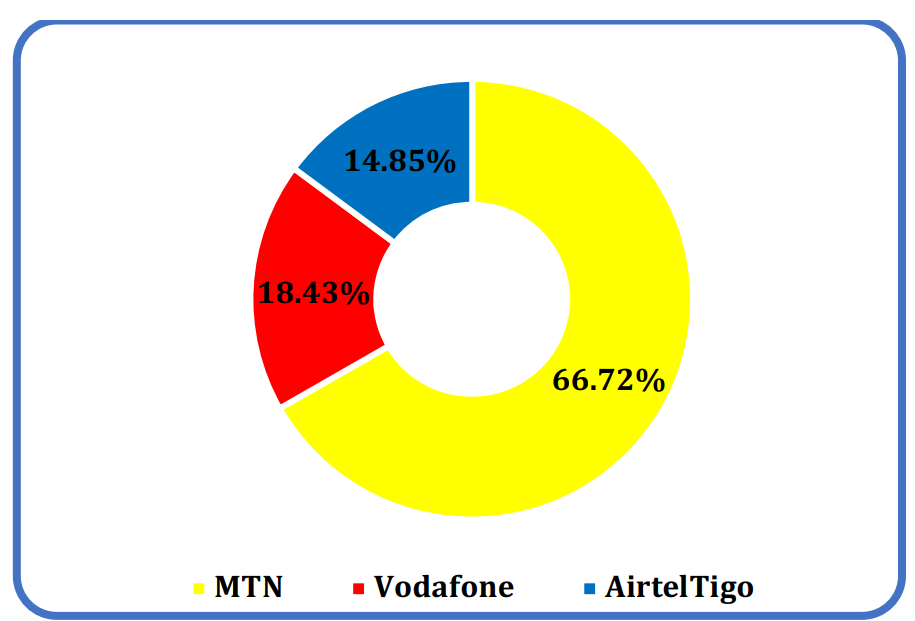

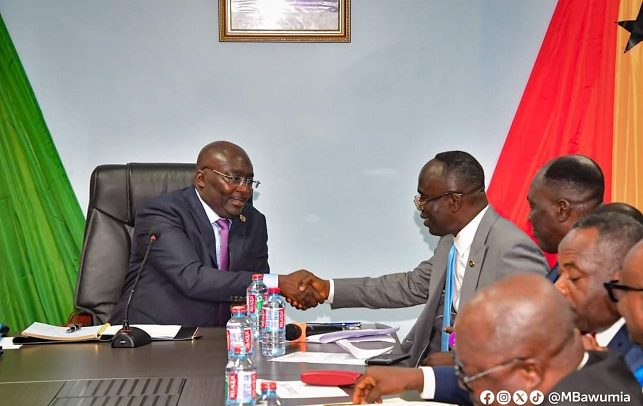
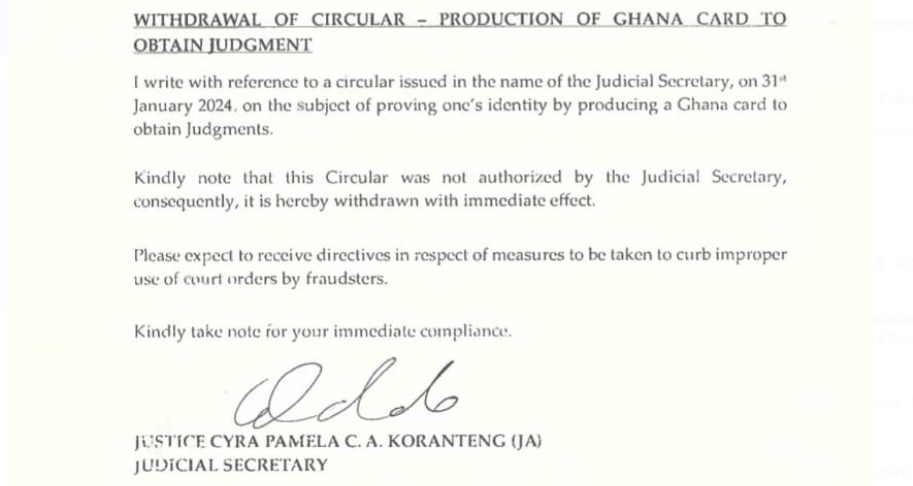

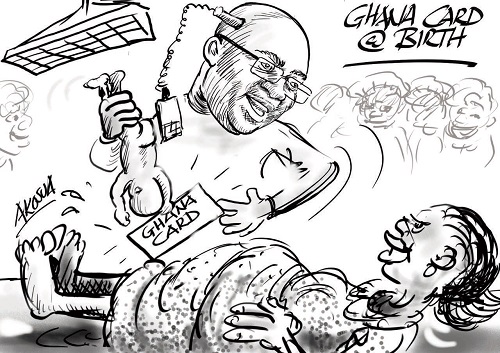



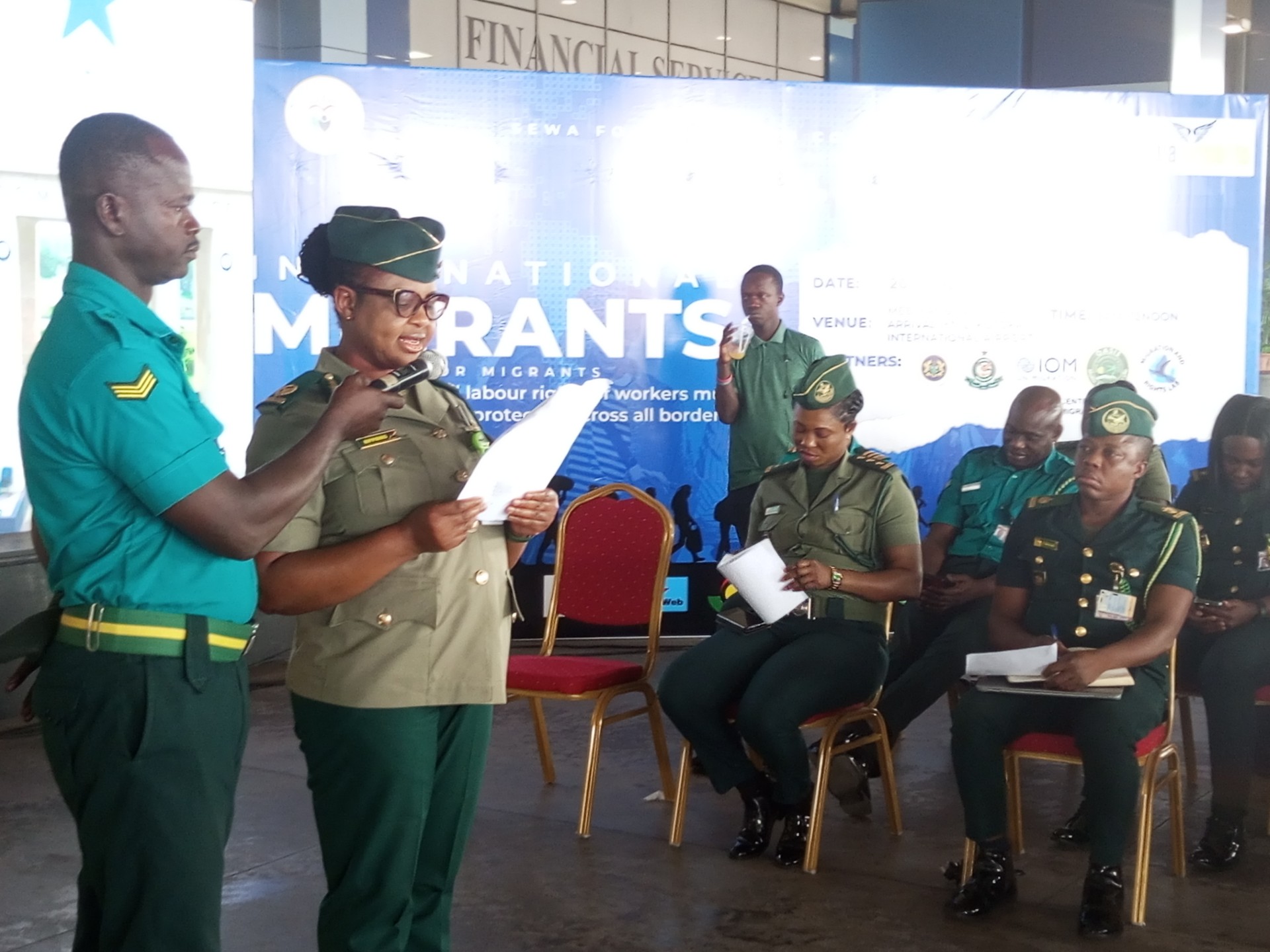


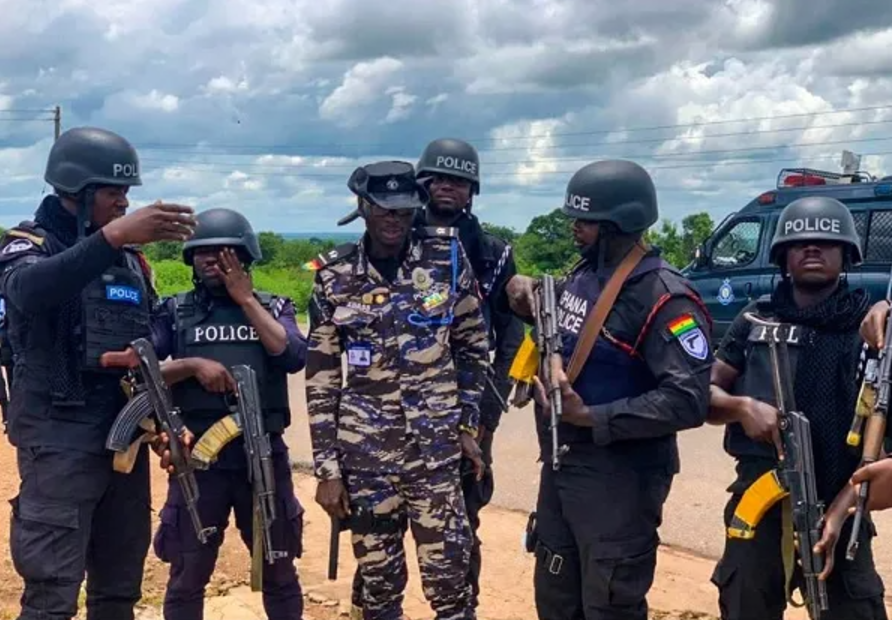
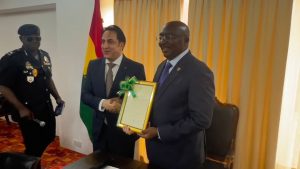

Facebook
Twitter
Pinterest
Instagram
Google+
YouTube
LinkedIn
RSS